The global garlic trade, while fragrant with the promise of profit and culinary delight, often finds itself entangled in a complex and ever-shifting web of trade barriers. These barriers, ranging from hefty tariffs and restrictive quotas to stringent phytosanitary regulations and seemingly insurmountable bureaucratic hurdles, can make exporting garlic a pungent challenge, even for the most seasoned trader. Let’s delve deeper into the intricate world of garlic export trade barriers, examining their nature, their impact on exporters, and strategies to navigate this challenging landscape.
Why Garlic Faces Trade Barriers: A Global Perspective
Trade barriers, while often perceived as obstacles, are not inherently malicious. Governments implement these measures with the intention of safeguarding their domestic industries, regulating the influx of imported goods, and upholding stringent safety and quality standards for their citizens. However well-intentioned, these measures can inadvertently create formidable obstacles for garlic exporters, often leading to:
- Higher Costs and Reduced Competitiveness: Tariffs, essentially taxes levied on imported garlic, can significantly inflate its price in the importing country, making it less competitive against locally produced garlic or garlic sourced from countries with more favorable trade agreements. This price disadvantage can hinder an exporter’s ability to penetrate new markets or maintain a competitive edge in existing ones.
- Market Access Restrictions and Supply Chain Disruptions: Quotas, which impose strict limits on the quantity of garlic that can be imported during a specific period, can artificially constrict market access. This can prevent exporters from capitalizing on growing demand or fulfilling existing orders, potentially disrupting their supply chains and damaging relationships with buyers.
- Compliance Complexities and Costly Delays: Phytosanitary regulations, while crucial for preventing the spread of plant diseases and pests, can vary significantly between countries, each with its own set of stringent requirements. Exporters often face a labyrinthine process of inspections, laboratory testing, and certifications, which can be time-consuming, expensive, and subject to bureaucratic delays.
- Bureaucratic Roadblocks and Lack of Transparency: Beyond explicit trade barriers, exporters often encounter a myriad of non-tariff barriers, such as convoluted customs procedures, opaque documentation requirements, lengthy processing times, and even corruption. These hidden obstacles can be frustrating, costly, and difficult to anticipate, particularly for smaller exporters with limited resources and experience navigating foreign bureaucracies.
Common Garlic Export Trade Barriers: Unmasking the Obstacles
The world of garlic export trade barriers is rarely straightforward. Exporters often find themselves grappling with a combination of obstacles, each designed to regulate the flow of goods and protect domestic interests. Here’s a closer look at some of the most common barriers:
1. Tariffs: The Price of Entry: Tariffs are essentially taxes levied on imported goods, making them more expensive for buyers in the importing country. These tariffs can be ad valorem, calculated as a percentage of the garlic’s value, or specific, a fixed amount per unit of garlic. The level of tariffs can fluctuate significantly depending on the importing country’s trade policies and their relationship with the exporting country.
2. Quotas: Limiting the Flow: Quotas are quantitative restrictions that dictate the maximum volume of garlic that can be imported into a country during a specific period, typically a year. Governments often implement quotas to shield their domestic garlic producers from the full force of foreign competition, ensuring a certain level of market share for local growers.
3. Phytosanitary Regulations: Safeguarding Plant Health: Phytosanitary regulations are essential for preventing the introduction and spread of plant pests and diseases that could devastate agricultural industries. Garlic exporters must comply with a stringent set of requirements, including pre-export inspections, laboratory testing for specific pests and diseases, and obtaining phytosanitary certificates from authorized entities in the exporting country.
4. Technical Barriers to Trade (TBTs): The Standards Maze: Technical barriers to trade encompass a broad range of regulations, standards, and testing procedures that, while not explicitly designed to restrict trade, can create significant obstacles for garlic exporters. These barriers might include specific labeling requirements, detailed packaging standards, intricate product specifications, and even conformity assessments conducted by accredited bodies.
5. Non-Tariff Barriers (NTBs): The Hidden Hurdles: Non-tariff barriers are often less transparent and more difficult to anticipate than their tariff counterparts. These barriers can manifest as convoluted and time-consuming customs procedures, opaque documentation requirements prone to subjective interpretation, bureaucratic delays that can tie up shipments for weeks, lack of transparency in import licensing procedures, and even corruption within customs or regulatory bodies.
Impact of Trade Barriers on Garlic Exporters: A Tangible Threat
The cumulative impact of these trade barriers, whether implemented individually or in concert, can be substantial for garlic exporters, often translating into:
- Reduced Profitability and Eroding Margins: The increased costs associated with paying tariffs, complying with stringent regulations, navigating complex customs procedures, and addressing unexpected delays can significantly erode profit margins, making it increasingly challenging for exporters to maintain a competitive price point and achieve profitability.
- Limited Market Access and Missed Opportunities: Quotas and other restrictive trade barriers can effectively cap the volume of garlic an exporter can sell in a particular market, hindering their ability to capitalize on growing demand, expand their market share, or establish a strong foothold in promising new markets.
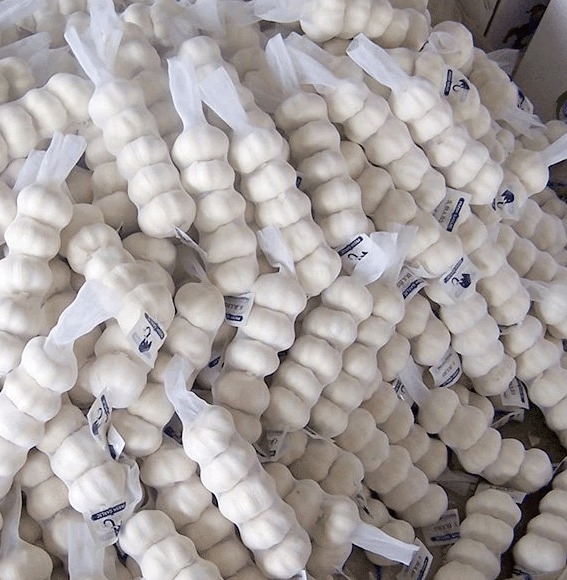
- Increased Operational Complexity and Financial Burden: Complying with a patchwork of varying regulations across different markets, obtaining the necessary certifications, and navigating complex customs procedures can place a significant administrative and financial burden on exporters, particularly smaller businesses with limited resources and expertise.
- Heightened Uncertainty and Business Risk: The ever-present possibility of sudden and unpredictable changes in trade policies, the introduction of new and more stringent regulations, or even political instability in importing countries can create an environment of uncertainty and risk for garlic exporters, making it challenging to plan for the future and invest in long-term growth.
Strategies for Overcoming Garlic Export Trade Barriers: A Proactive Approach
While the landscape of garlic export trade barriers can seem daunting, there are proactive strategies exporters can adopt to mitigate their impact, enhance their competitiveness, and ensure smoother passage for their pungent cargo:
1. Stay Informed and Anticipate Changes: In the dynamic world of international trade, knowledge is power. Garlic exporters must prioritize staying informed about current trade policies, impending regulatory changes, emerging market trends, and potential political developments in their target markets. Subscribing to industry publications, attending relevant trade shows and conferences, and engaging with trade associations can provide invaluable insights and early warnings of potential disruptions.
2. Diversify Markets and Spread the Risk: Relying too heavily on a single export market, no matter how lucrative it may seem, can expose exporters to significant risk. Diversifying into multiple markets, each with its own set of trade policies and market dynamics, can help spread risk, reduce vulnerability to disruptions in any one market, and create a more stable and predictable revenue stream.
3. Seek Expert Advice and Navigate with Confidence: Navigating the complexities of international trade regulations, customs procedures, and phytosanitary requirements can be a daunting task, even for experienced exporters. Seeking professional guidance from trade specialists, experienced customs brokers, and knowledgeable legal experts can help ensure compliance, optimize export operations, and minimize the risk of costly delays or penalties.
4. Build Relationships and Foster Trust: Establishing strong and mutually beneficial relationships with key stakeholders in the garlic supply chain, including importers, distributors, and even government agencies in target markets, can be invaluable. These relationships can facilitate smoother trade, provide insights into local market dynamics, and even offer a degree of protection against unpredictable policy shifts.
5. Focus on Quality, Differentiation, and Value Addition: In a competitive global market, quality speaks volumes. Producing high-quality garlic that consistently meets or exceeds international standards is paramount. Furthermore, exploring value-added products, such as garlic powder, garlic oil, black garlic, or even garlic-infused specialty foods, can command premium prices, differentiate an exporter’s offerings, and open doors to new and potentially more lucrative markets.
6. Advocate for Fair Trade Practices and a Level Playing Field: Exporters can play an active role in shaping a more favorable trade environment by engaging with industry associations, participating in trade missions, and communicating with government bodies to advocate for fair trade practices, reduced tariffs, streamlined regulations, and greater transparency in import procedures. Collective action can help create a more level playing field and foster a more conducive environment for garlic exports to flourish.
Why Choose CAIE for Your Wholesale Garlic Needs?
As a leading supplier of high-quality garlic from Shandong Province, China – the world’s largest garlic-producing region – CAIE offers food processors a unique combination of advantages:
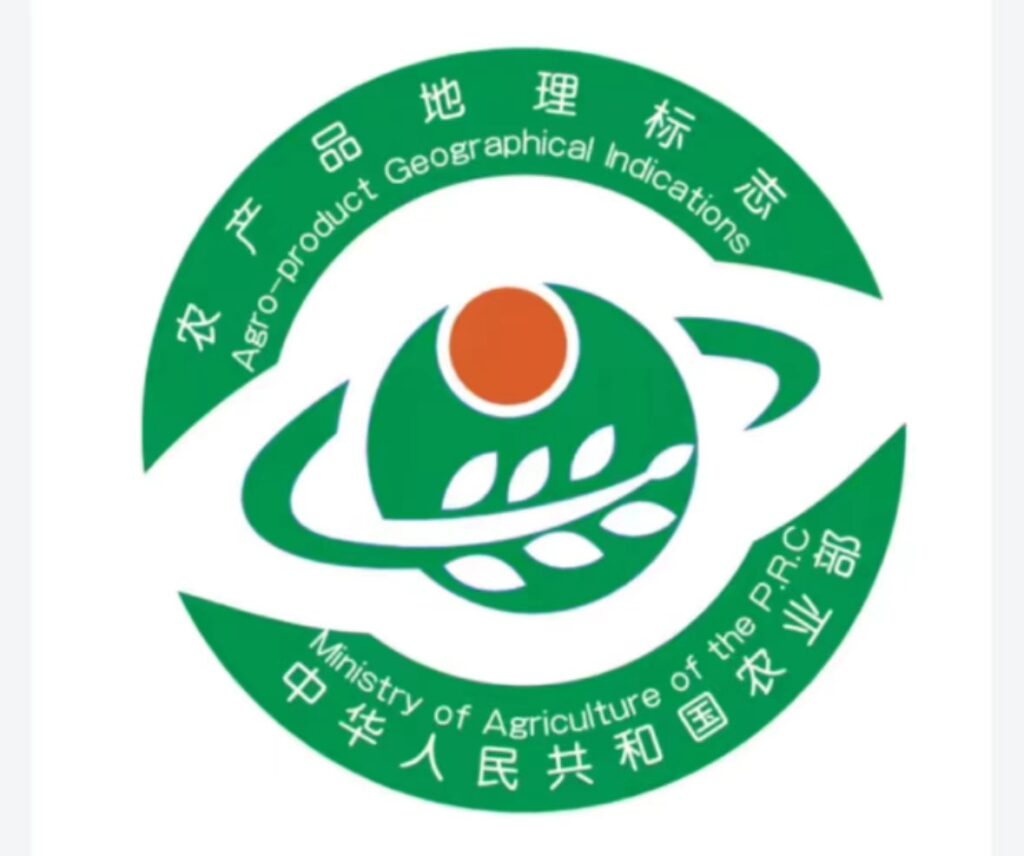

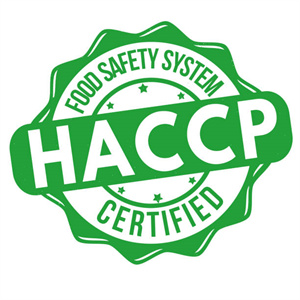
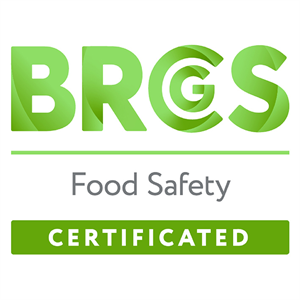
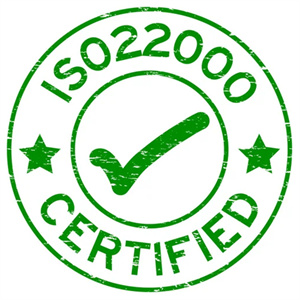
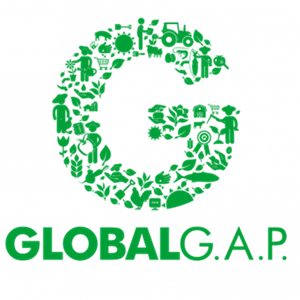
- Unwavering Commitment to Quality: At CAIE, quality is non-negotiable. Our garlic is cultivated on over 10,000 acres of company-owned farms in Jinxiang County and Weifang City, adhering to the highest international standards, including those of the European Union, Japan, and the U.S. From soil analysis and seed selection to green planting and harvesting, we maintain meticulous control over every stage of production to ensure exceptional quality and flavor consistency.
- Reliable Supply & Capacity: With our extensive farming operations, modern storage facilities exceeding 100,000 square meters, and a dedicated logistics team in the Weifang Free Trade Zone, CAIE guarantees a consistent and reliable supply of garlic to meet the demands of even the largest food processors. We offer flexible order sizes, competitive lead times, and the capacity to handle large-scale orders efficiently.
- Garlic Expertise & Customized Solutions: Backed by a team of agricultural experts and a foreign trade division with over 20 years of experience, CAIE provides unparalleled expertise in garlic varieties, forms, and their suitability for specific food processing applications. We work closely with our clients to understand their unique needs and develop tailored solutions, from sourcing specific garlic types to providing custom processing and packaging options.
- Sustainable & Ethical Sourcing: CAIE is committed to sustainable agriculture practices and ethical sourcing throughout our supply chain. We prioritize environmentally responsible farming methods, fair labor practices, and transparency in our operations. By choosing CAIE, you’re not only getting premium garlic but also supporting a company that aligns with your values.
- Partnership Approach & Customer Focus: At CAIE, we believe in building long-term partnerships with our clients based on trust, transparency, and mutual success. Our dedicated customer support team is always available to answer your questions, address your concerns, and provide ongoing support to ensure your complete satisfaction.
The Future of Garlic Trade: Towards a More Open and Flavorful World
The global garlic trade, while undoubtedly facing challenges, is brimming with potential for growth and expansion. As consumers worldwide continue to embrace diverse cuisines, explore bolder flavors, and seek out the purported health benefits of this pungent bulb, the demand for garlic is expected to remain robust. By understanding and proactively addressing trade barriers, embracing innovation, and advocating for a more open, transparent, and predictable trading system, garlic exporters can contribute to a more flavorful, interconnected, and prosperous future for this globally cherished ingredient.
